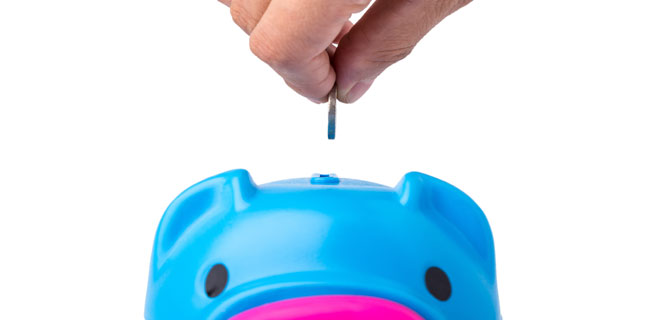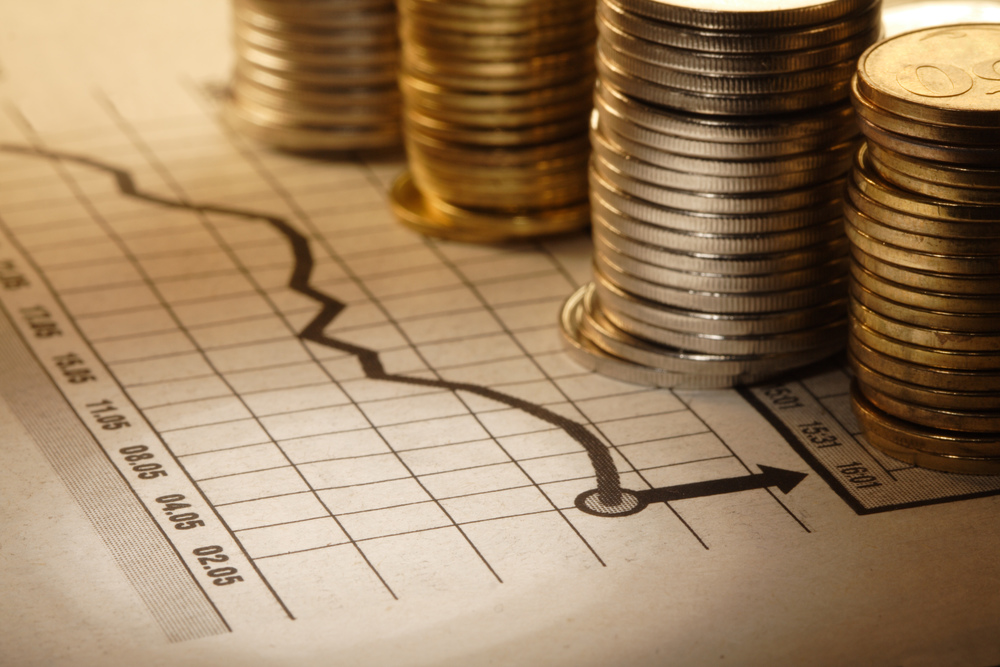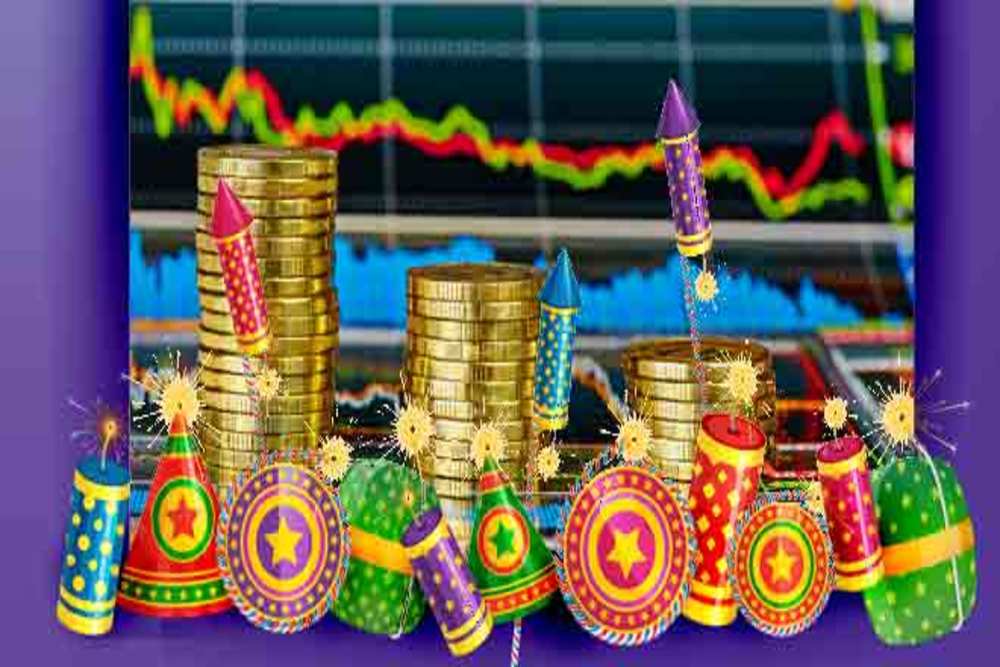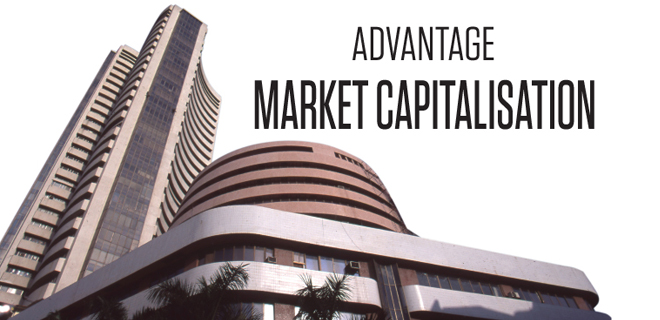Don’t be a victim
Wealth creation is possible only if you understand the impact of inflation on your earnings

By now a lot many people are aware that inflation is a silent killer of your savings and its worth. The value of rupee depreciates with time and though theoretically it can appreciate as well in times of deflation, but that is a utopian thought, going by the data of past few decades. The impact of inflation is such that, for a household consumption worth Rs 10,000 a mere 6 per cent inflation means that the budget would go up by 600 a year later. One may lament that this is not much—which is true, if you have ways to earn more than the inflation rate.
However, today, when bank deposit interests are on an average about 6 per cent, which is how much the inflation rate is – you are actually left with no wealth creation from the deposit. It is for this reason that it's critical that your investments offer at least inflation-beating returns. It’s been told ample times that if you do not invest your money, you will be losing a bit of its worth. This concept of choice is called opportunity cost: the cost of what you do not choose over what you choose.
A bird in hand
A bird in hand is worth two in the bush is an old proverb and the same logic can be extended to finances. Suppose you are given the option to receive Rs 10,000 today or Rs 12,000 in five years, which one would you choose? It's wiser to receive the Rs 10,000 straightaway, because going by the paltry bank deposit rate too, you will add up more by saving it than what is promised to you five years later. The money in bank will be worth more than the Rs 12,000 you are promised five years later complements the bird in hand analogy. This concept is very well understood by many people when it comes to buying high-ticket items like a SmartPhone or a high-end TV set.
The concept of the time value of money underlies many options you may exercise with various investment products. Understand this concept and a lot of your financial decisions will become easy to make and more efficient on your monies. For instance, assume you have the option to invest Rs 10,000 between two instruments – one in which you get back Rs 3,000 a year for four years, and another that offers a lump sum repayment of Rs 12,000 at the end of the fourth year. In both cases, you'd have Rs 2,000 more than you started.
But by returning a portion of that money each year, option one offers better real returns: having that money in your hands sooner gives you the option to reinvest it for higher returns. A simple way to evaluate two financial options is to figure out which one offers the money sooner. So, between two financial instruments that offer the same absolute returns, the one where cash inflows happen sooner is better for you.
The time value of money can work for you, especially when investing for the long term. For instance, when planning for your child’s higher education, if you think you will need Rs 10 lakh at today's prices, you'll need twice as much in 15 years, assuming a 5 per cent education inflation rate. Getting a fix on your target amount is only one half of financial planning. You'll then have to calculate how much you must save and invest per month or per year in order to reach there.
The other way to understand time value of money is when spending. Say you have Rs 25,000 in hand with the option to invest in an instrument that pays 7 per cent interest, but you are drawn by a TV sale where the set you have in mind is available for Rs 24,000 and you buy it. You also reduce your guilt pang and decide to invest Rs 1,000 a year for the next 25 years, at the same 7 per cent. Many people think this to be a very smart move akin to having the cake and eating it too.
However, you will be Rs 68,000 poorer in doing so. Investing Rs 1,000 a year for 25 years at 7 per cent gets you a cumulative Rs 67,677 after 25 years. Instead, if you invest that Rs 25,000 today for 25 years at the same rate of interest, you will have Rs 135,685. That's the opportunity cost of not investing today. Think about what you are doing with money when spending on things that you don’t need or can buy later.









